The printed word changed the world, bringing books and newspapers into circulation and providing a vehicle for sharing new ideas as well as science, history and culture.
In July, Aberdeen will celebrate the 400th anniversary of birth of printing in the city, which was spearheaded by Edward Raban when he opened the region’s first printing press in Castle Street in 1622.
Aberdeen University and the Robert Gordon University are teaming up with others from across Scotland to mark the milestone anniversary.
As part of the celebrations, professors Peter Reid and Paul Mitchell will explore new insights on Raban’s life at a free seminar called Edward Raban: Up Close.
Prof Reid, from RGU, is also seeking the help of the north-east public to try and track down relatives who may have the printer’s ink in their blood.
He said: “Raban was both industrious and ambitious, producing 150 titles in 27 years. He called himself the Laird of Letters and was engaged in the political, religious and civic questions of the day. Yet, for all that, he is an elusive figure.
“As part of our 400th anniversary celebrations, we are hoping to track down descendants that might still be living in the north-east. Raban is not a particularly common name so we are interested in anyone who has it in their ancestry.”
The event will be held at Aberdeen University’s Sir Duncan Rice library on July 16.
Attendees will also be able to hear talks about the early Scottish book trade.
Raban’s history
Raban was a well-travelled Englishman who came to Aberdeen at the invitation of Sir Paul Menzies and Bishop Patrick Forbes.
He printed under the sign of The Townes Armes and this continued to be the sign-board of the Aberdeen Printers for at least 100 years.
It is believed the printer’s daughter Elizabeth married Gavin Milne, and had four children called Isobel, James, William and Robert.
“If any of these names appear in your family tree, we’d love to hear from you,” Prof Reid added.
Jennifer Shaw, assistant curator of museums and special collections at Aberdeen University, said: “The innovation of printing enabled people to share knowledge quicker and more widely, changing the way people communicated and social relationships.
“Edward Raban was fundamental to bringing about these changes in Aberdeen and left a legacy that could be felt for centuries.
“In 2022 – 400 years on from his arrival in Aberdeen and the printing of his first material – it is fitting that we celebrate his life, legacy and the transformational influence he had on this region.”
The university events form part of a wider celebration of Raban at 400 taking place across the city. To find out more, visit www.www.raban400.com
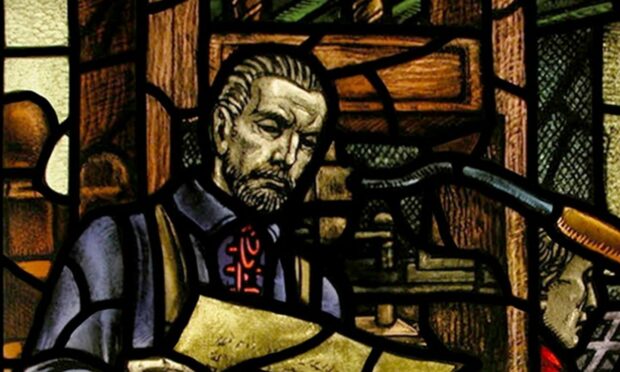
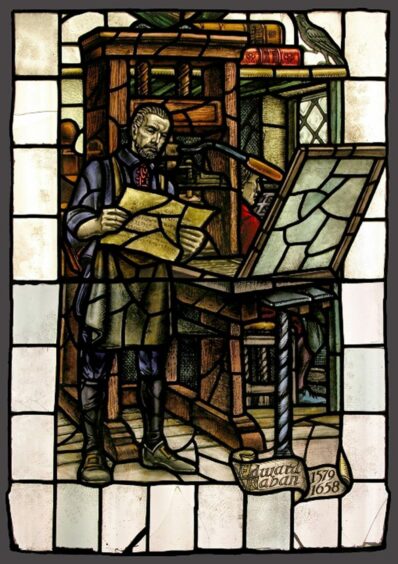


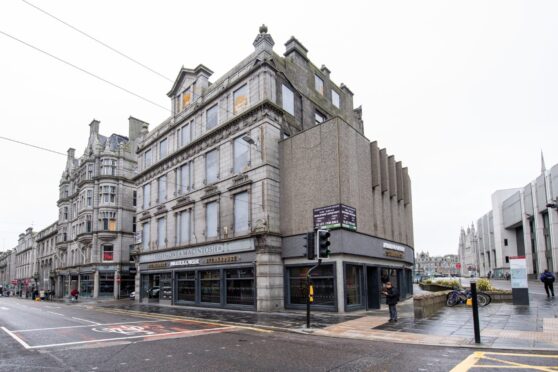



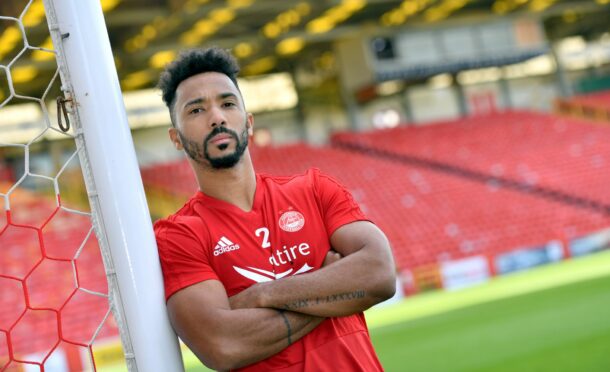
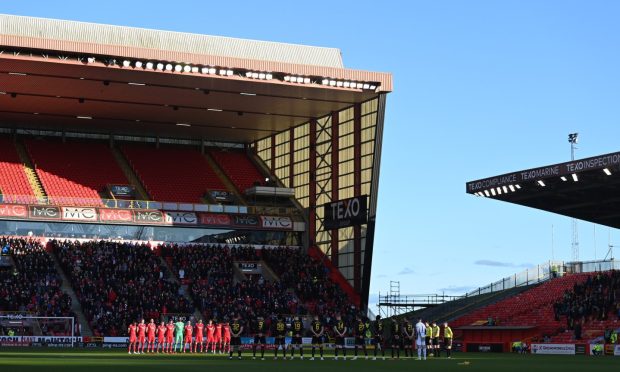
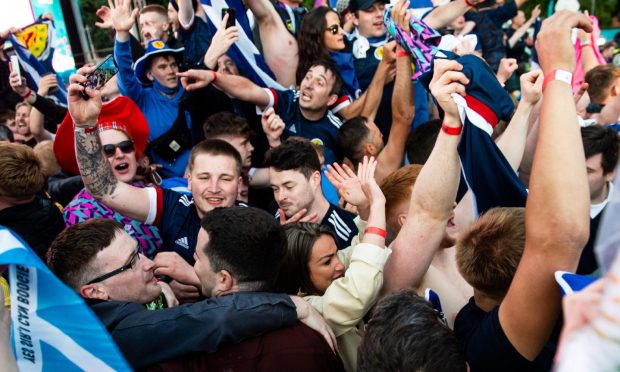
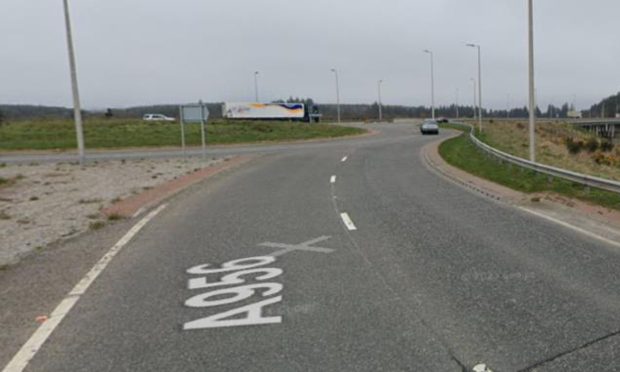
Conversation